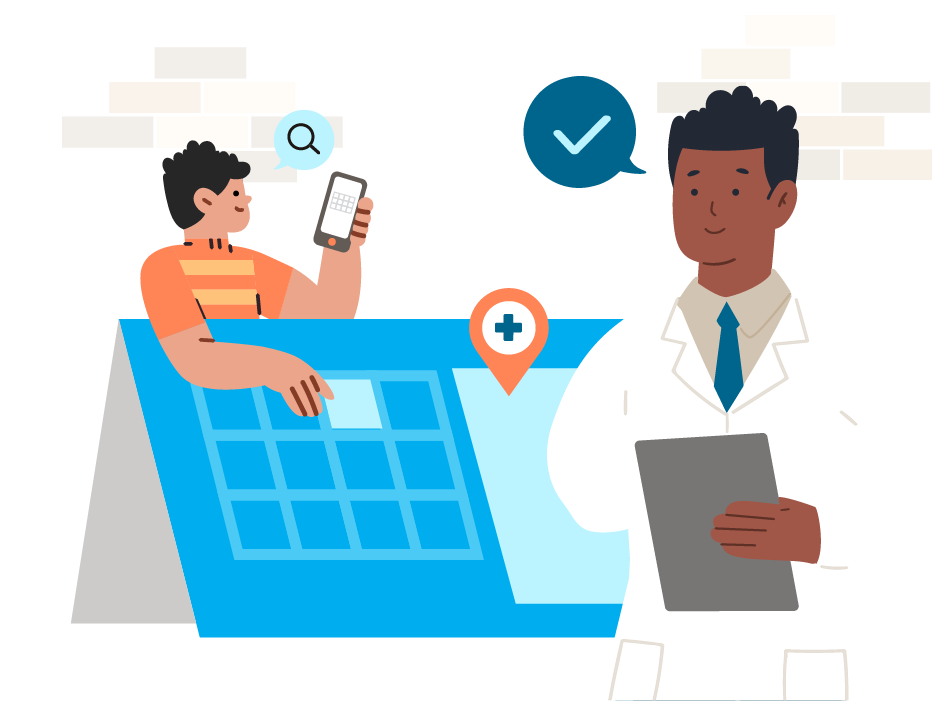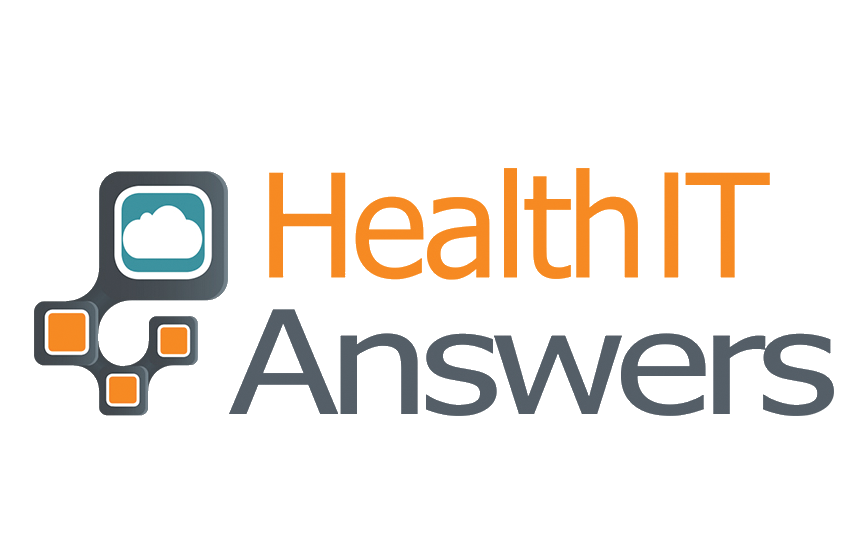We Make Navigating Healthcare Easier
Navigating health care is hard – not only for patients, but for staff as well.
Orbita’s Access Navigation and Care Navigation solutions automate healthcare workflows and deliver digital scheduling and self-service for patients along the entire care journey. These tools – which integrate with virtually any EHR, scheduling or CRM system – reduce call volume and burden on staff while giving patients the consumer experience they seek.
Reduce administrative burden
Clinicians spend too much time on administrative tasks. And operational teams are mired in manual processes. The result:
- Attention to patient care – the primary mission – is diminished
- Productivity and efficiency suffer, undercutting opportunities for sustainable growth
- Frustration and overwork contribute to costly staff turnover
Deliver self-service to patients
Patients struggle to find care that matches their needs and preferences. And when they do seek treatment or services, the process is complex, convoluted and inconvenient. The result:
- Missed opportunities to deliver quality care – and capture revenue
- Cancelled appointments and delayed procedures that increase costs
- Dissatisfaction that drives patients to competitors or to neglect necessary care
Automate workflows along the care journey
Orbita streamlines communications and workflow — from the earliest stages of patient access and intake, through preparation for procedures, patient follow up and patient outreach, and ongoing care management. Our automated virtual assistants, healthcare chatbots and digital tools are designed to interact in a conversational manner, meeting patients “where they are.”
Get in touch with us today.
Hear from Orbita customers
We are excited to join forces with Orbita to take our patient outreach to the next level with intelligent virtual assistants that deliver personalized and human-like engagements. Now more than ever, healthcare organizations should be looking to implement proactive tools that can alleviate call center overwhelm and physician burnout.

Automating patient education, being able to measure how prepared patients are, identifying the high-risk patients, reaching out and doing our best to prepare them in this digital format is valuable, especially given our growth in volume.

We see great potential in Orbita’s digital front door to enhance the patient experience while improving our operational efficiency. Since launching it earlier this year, we are already seeing patients quickly gravitating to our chatbot.

Its purpose (for implementing Orbita) is both educational and engagement, but it’s also an interesting new acquisition channel for us to gain new patients, which has in fact worked. It wasn’t to avoid the conversation with the provider; it was to make that conversation more effective and faster-to- value for the provider and for the patient and caregiver.





